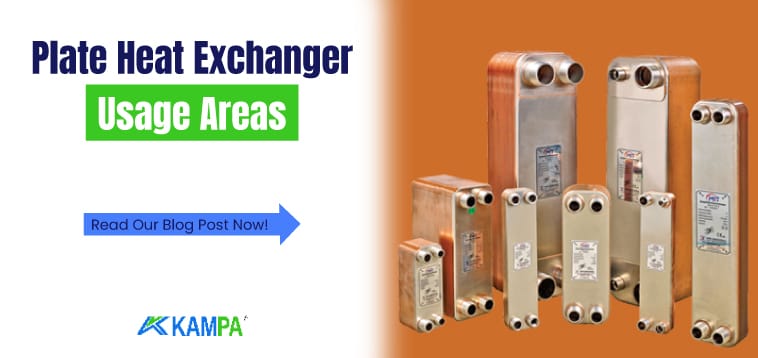Plate Heat Exchanger Usage Areas
A heat exchanger is a device that provides heat transfer between two different fluids. Heat exchangers are used in many sectors for energy saving, efficiency increase and environmental protection.
Table of Contents
Heat exchangers are of two main types: plate and tube. Plate heat exchangers are compact and flexible systems in which fluids pass between thin metal plates and heat exchange takes place.
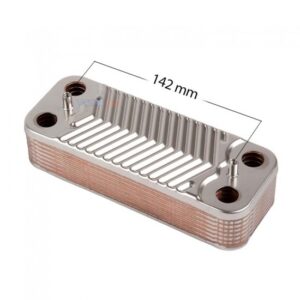
Tubular heat exchangers are more traditional and robust systems in which fluids pass in and out of pipes and heat exchange is achieved.
Plate Heat Exchanger Usage Areas
It is quite wide and varied. Some examples are:
- Natural gas boilers: Plate heat exchangers provide heat transfer between the hot gas coming from the compartment where natural gas is burned and the heating of water. Thus, the need for hot water and heating in homes is met.
- Air conditioners Heat exchangers play a role in both cooling and heating processes in air conditioners. In cooling, the heat exchanger in the indoor unit cools the ambient air and blows it in, while the plate heat exchanger in the outdoor unit removes the heat from the refrigerant. In heating operation, this process is reversed and the heat exchanger in the indoor unit heats the ambient air while the plate heat exchanger in the outdoor unit gives the heat it receives from outside to the refrigerant.
- Refrigerators Heat exchangers also perform the cooling process in refrigerators. The heat exchanger inside the refrigerator, called the evaporator, cools the refrigerant by transferring the heat from the refrigerant into the refrigerator. The heat exchanger at the back of the refrigerator, called the condenser, releases the heat it gives to the refrigerant into the environment.
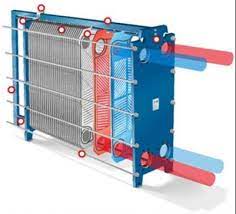
- Automobile radiators: Heat exchangers are used in automobiles to cool the engine. When the engine is running, it reaches very high temperatures, which can lead to engine damage. For this reason, water is circulated around the engine and sent to a heat exchanger. In the heat exchanger, heat is transferred between the water and the air and the water cools. The cooled water returns to the engine and the cycle continues.
- Air curtains / economizer: Heat exchanger uses are also found in systems called air curtains or economizers. These systems are located at the entrance doors or windowsills of buildings and work to maintain the temperature of the air inside. Heat exchangers mix the air coming from inside with the air coming from outside, producing air at the desired temperature and blowing it in front of the door or window. This prevents the air inside from escaping and saves energy.
- Thermal power plants: Plate Heat exchangers are also used in thermal power plants to generate electricity. Thermal power plants vaporize water by burning fuels such as coal, natural gas and oil and send this steam to a turbine. As the turbine turns, it drives a generator and electricity is generated. After the steam leaves the turbine, it is sent to a heat exchanger where it is cooled and converted back into water. The cooled water returns to the boiler and the cycle continues.
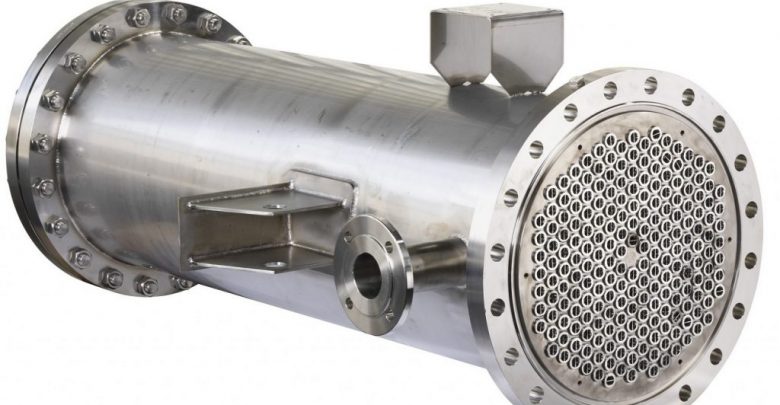
- Regenerators in gas turbines: Heat exchangers are also used in gas turbines to increase efficiency. Gas turbines generate electricity by sending the hot gas produced by mixing air and fuel and burning it into a turbine. After leaving the turbine, the hot gas is sent to a heat exchanger where it heats the incoming air, increasing its temperature and pressure. This results in more power using less fuel.
- Petro-chemical industry / refineries: Plate heat exchangers are also used for various processes in the petro-chemical industry or refineries. For example, in the distillation of crude oil, the crude oil is heated in a heat exchanger and then sent to a distillation column. In the distillation column, different components of the crude oil boil and separate at different temperatures. Some of these components are sent back to a heat exchanger where they are cooled and liquefied.
- In beer and wine making: Heat exchangers are also used in beer and wine making for processes such as fermentation and pasteurization. In the fermentation process, yeast and sugar are mixed to produce an alcoholic beverage. This process requires temperature control and therefore heat exchangers are used. In pasteurization, the beverage must be heated and cooled to remove germs. This is done with heat exchangers.
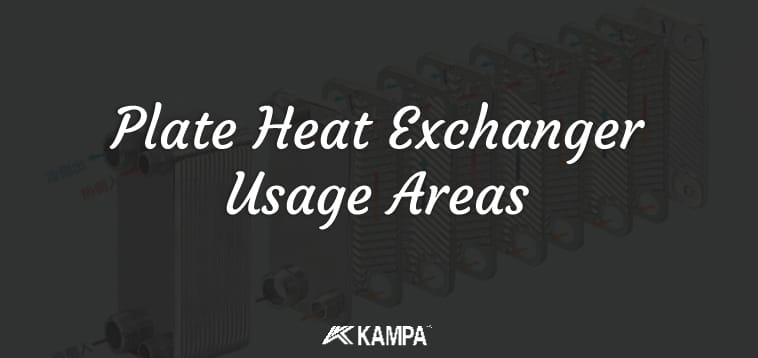
Heat exchangers are used in many more sectors besides the areas mentioned above. Heat exchangers provide advantages such as energy efficiency, cost reduction, product quality and environmental friendliness.
The selection of heat exchangers should be made according to the area of use, properties of the fluids, desired heat transfer, available space and budget. Click here for heat exchanger prices. Click here for detailed information on hardware installations.

